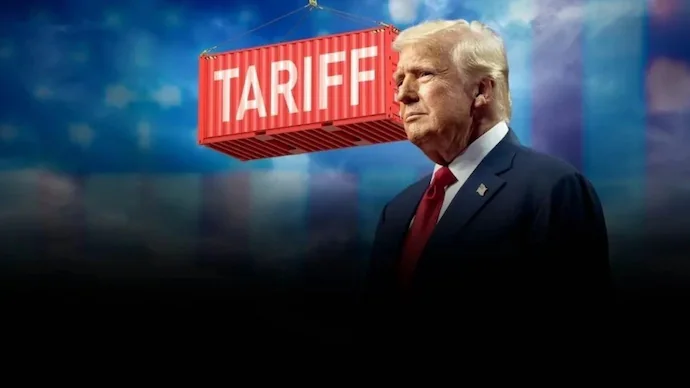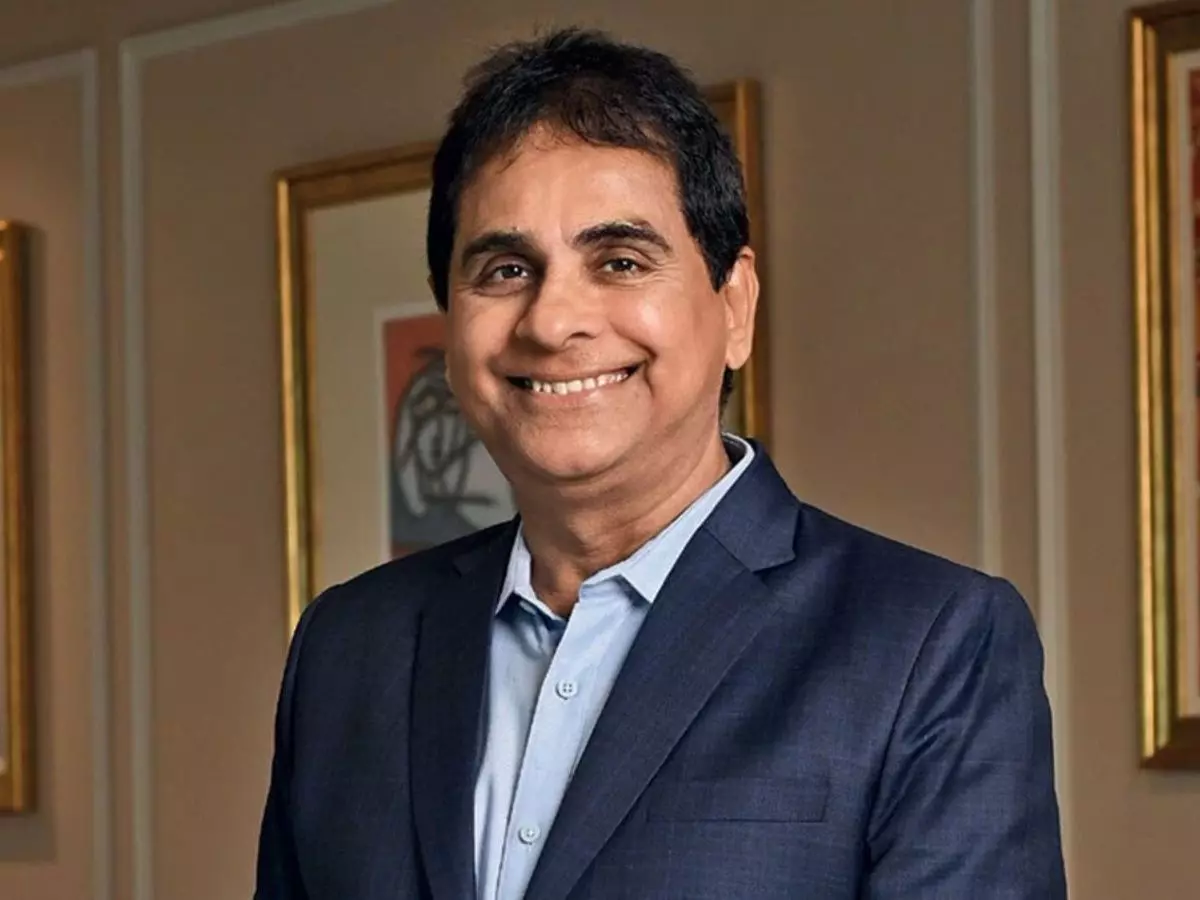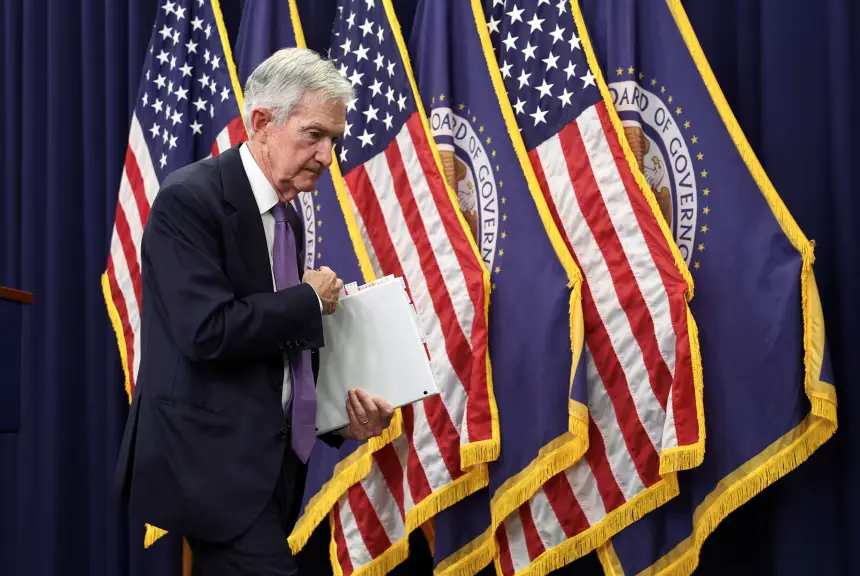Jerome Powell’s era of consensus at the Fed is over
Why Jerome Powell’s Era of Consensus at the Fed Is Over
1. The Fraying of Unity at the FOMC
Recently, the Federal Open Market Committee (FOMC) saw a rare split: the decision to cut interest rates passed with a 10–2 vote, the third time since 1990 that there were dissents both among more dovish and more hawkish members.
This isn’t just about minor disagreements — the divergence is symptomatic of deepening ideological divides on how the Fed should navigate the next phase of monetary policy.
Key figures disagree: Some (like Governor Stephen Miran and Christopher Waller) want more easing, while others (like regional Fed presidents Jeffrey Schmid and Lorie Logan) warn against further cuts.
2. Powell’s Own Signaling: Caution & Uncertainty
Powell has repeatedly emphasized that the Fed doesn’t have a “preset course” — policy will depend heavily on data.
He’s warning that supply shocks (e.g., tariff-driven inflation) may be more frequent, complicating the Fed’s traditional playbook.
Inflation is described by Powell as “roughly balanced” for now, yet he remains cautious about making aggressive rate moves until he’s more confident in the data.
His own framework is under review: in his August 2025 speech, Powell noted that the Fed is rethinking parts of its longer-run policy strategy to better adapt to “a wide range of economic environments.”
3. Rising Risks & New Policy Trade-offs
There’s growing recognition (even from Powell) that the Fed might be entering a period where stagflation-lite scenarios are more likely: weak labor markets + sticky inflation.
Powell’s repeated use of “uncertainty” isn’t rhetorical — he genuinely seems unsure how powerful trade policy effects (like tariffs) will reshape inflation dynamics.
The Fed’s dual mandate (price stability + full employment) is being tested like never before: Powell suggests that future rate decisions may have to weigh difficult tradeoffs between inflation risk and labor market weakness.
4. What This Means for Markets & Monetary Policy
More Volatility Ahead
Without a clear consensus, the Fed could become less predictable. Market participants who were used to Powell’s consensus-driven decision-making may now face greater uncertainty. As some analysts say, the path forward could be “rowdy and disorderly.”
The possibility of disunity increases policy risk premiums, meaning markets may demand a higher risk premium to price in FOMC uncertainty.
Policy Flexibility — But at What Cost?
On one hand, a divided Fed can adapt more flexibly: dissenting voices mean alternative views are being seriously considered, which could lead to more balanced, data-driven decisions.
On the other hand, if splits deepen, coordination may become harder. Mixed messaging can undermine credibility, especially if rate moves surprise markets or come with caveats.
Long-term Strategy Reset
The Fed’s ongoing review of its policy framework (including its longer-run goals) signals a break from the post-pandemic regime. Powell’s leadership is no longer about steady, predictable “plateau then cut” — it’s evolving.
The potential shift could mean the Fed is preparing for a more volatile, uncertain macroeconomic world where supply shocks, geopolitical risk, and inflation surprises are bigger factors.
5. Why This “Break” Might Be Inevitable
The global economy is changing: trade policy, geopolitics, and supply chain disruptions are no longer niche risks — they are central to macro volatility.
Inflation dynamics have become more complex post-pandemic, and the old “predictable inflation” model may not hold.
As the Fed’s “new normal” evolves, dissent may actually be healthy: having a more open debate at the FOMC can improve decision quality, provided the committee retains cohesion when it matters.
You May Also Like

U.S. Cut Flower Imports: New Tariffs to Impact Pri...
U.S. Cut Flower Imports: New Tariffs to Impact Prices, Retailers, and ConsumersThe U.S. floral...

Vijay Kedia's Stock Portfolio Performance in 2025:...
Ace investor Vijay Kishanlal Kedia, often hailed as the "Market Master," has built a reputation...

IndiGo approves capital investment of over ₹7,000...
IndiGo has approved a capital investment of ₹7,294 crore to enable ownership of their aircraft...



